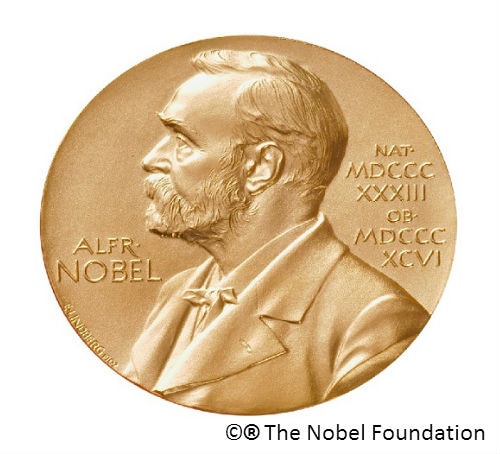
The Nobel Prize
When inventor and industrialist Alfred Nobel penned his will in 1895, he laid the foundation for the world’s most famous award, the Nobel Prize.
In his will, Nobel decreed that revenue earned from his fortune should be used for prizes to those who “had bestowed the greatest benefit on mankind” within five fields: physics, chemistry, physiology or medicine, literature, and peace. The first Nobel Prizes were awarded in 1901. The Sveriges Riksbank Prize in Economic Sciences in Memory of Alfred Nobel was first presented in 1969.
Nobel Prize-awarded achievements have spurred development in science, literature, and peace. In this pavilion, three items from each prize category are on display. One item in each category is linked to Alfred Nobel, the other two to Nobel Laureates in the field. A touchscreen in the centre provides more information about the objects and Laureates.
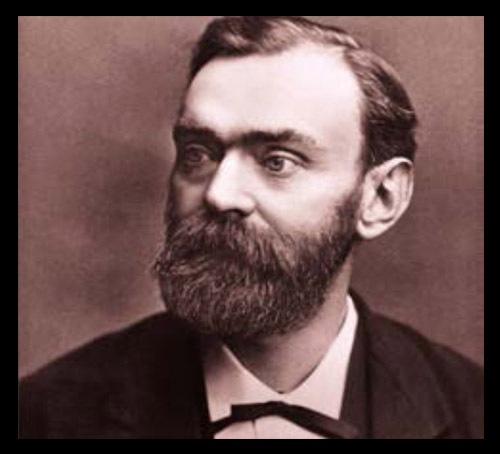
Alfred Nobel
The founder of the Nobel Prize, Alfred Nobel, lived a multifaceted life. He spent time living in several different countries and travelled constantly.
Nobel engineered a number of revolutionary inventions within the field of explosives, including dynamite. His inventions became important for mining and the construction of railroads, roads, canals, and harbours in the growing industrial society of the 19th century. They laid the foundation for an industrial empire that went on to earn him a fortune. Nobel never married and had no children who could inherit his wealth. Instead, he donated his money to the foundation of the Nobel Prize.
In this pavilion are a number of items that Alfred Nobel left behind when he died. They reflect his work as a chemist, inventor, and industrialist, but also his personality and interests. A touchscreen in the centre provides more information about Nobel and his life and work.
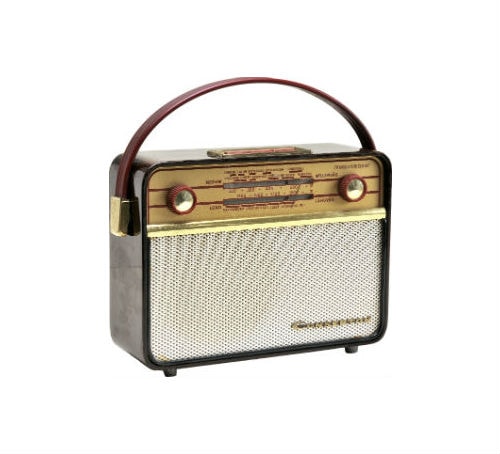
The Nobel Prize Over the Decades
The Nobel Prizes tell the story of developments made within the different prize categories.
The story of the Nobel Prize also reflects other, broader historical developments. To some extent, development within science and literature has its own inherent dynamic, while also resulting from continuous interaction with society at large. In some cases, the selection of Nobel Laureates has had a more direct connection to historical events and some decisions have had a major impact on the public mind.
This pavilion displays one item from each decade past. Each item is linked to a Nobel Prize, but also says something about its era. A touchscreen in the centre provides more information about the Nobel Laureates over the years.

The Nobel Prize in Our Daily Lives
Many things we encounter in our everyday lives are connected to the Nobel Prize. These could be discoveries, inventions, or works of literature that have earned their creators a Nobel Prize. In most cases, though, the connection is more complex or indirect. Nobel Prize-awarded discoveries have sown the seeds of developments that have gradually found application in everyday items. Even more often, Nobel Laureates have provided explanations about how our world works and about important natural phenomena.
This pavilion showcases examples of everyday items with links to Nobel Prize-awarded efforts. A touchscreen in the centre lets you both learn and test your knowledge about items in everyday life connected to the Nobel Prize.
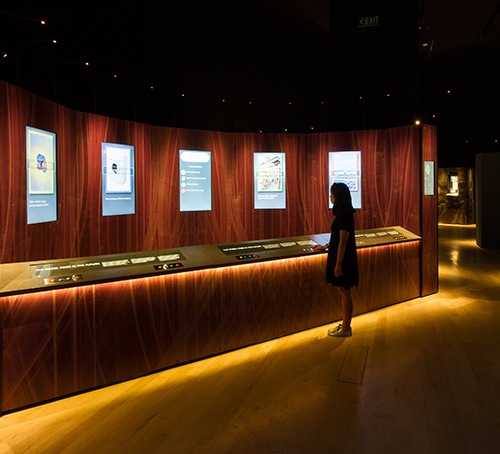
The Nobel Prize and the Future
What are the major challenges we will face tomorrow? We cannot know in advance. We can, however, identify areas that we believe are important to our future: energy and climate, water and food, disease and health, how literature changes, and creating a more peaceful world and more stable global economy.
Perhaps future Nobel Prizes will reward efforts that unlock the answers to problems we face in these areas. Might some of the past’s Nobel Prizes be important tomorrow, too? Could some clues about our future be found by developing achievements that have already received Nobel Prizes?
This pavilion invites you to consider how you view the future and how we can best meet its challenges. You will hear conversations between people with different ideas about what is most important to our future. Who is right? Perhaps they all are. If you could choose, what would you most like tomorrow’s Nobel Prizes to recognise?
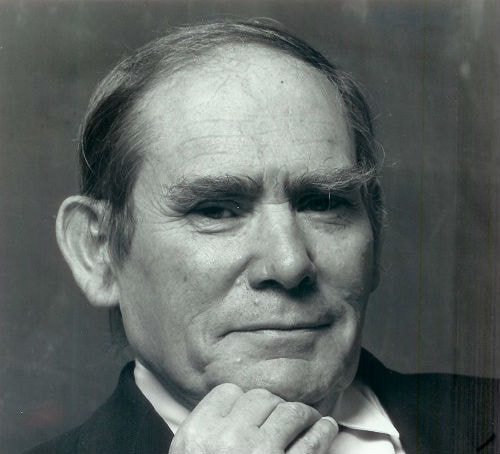
Sydney Brenner
Sydney Brenner is one of the founding fathers of molecular biology. His work with notable scientists Francis Crick, Seymour Benzer, Francois Jacob, Matt Meselson, among many others, was critical in establishing this new and important field.
After nearly 30 years of work in biotechnology, Sydney Brenner arrived in Singapore in 1983 at the invitation of the then Deputy Prime Minister Goh Keng Swee. Acting on the advice of Sydney Brenner, the Institute of Molecular and Cell Biology (IMCB) was formed, which is now a key catalyst in the growth of the biomedical sciences industry in Singapore.
Sydney Brenner’s vast body of scientific work, in addition to his notable contributions to Singapore’s biotechnology field, has earned him numerous prestigious awards, culminating in the 2002 Nobel Prize in physiology or medicine for forging a new area of genetic research with the nematode worm, C. elegans.
